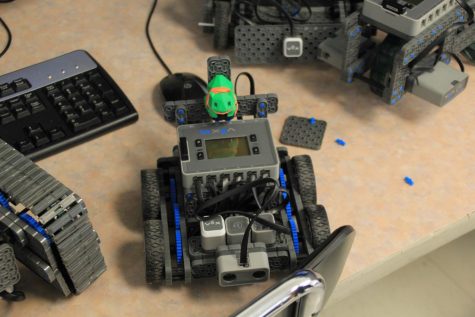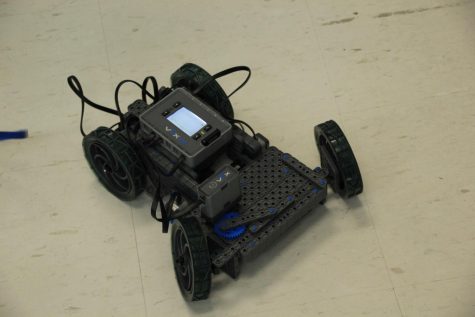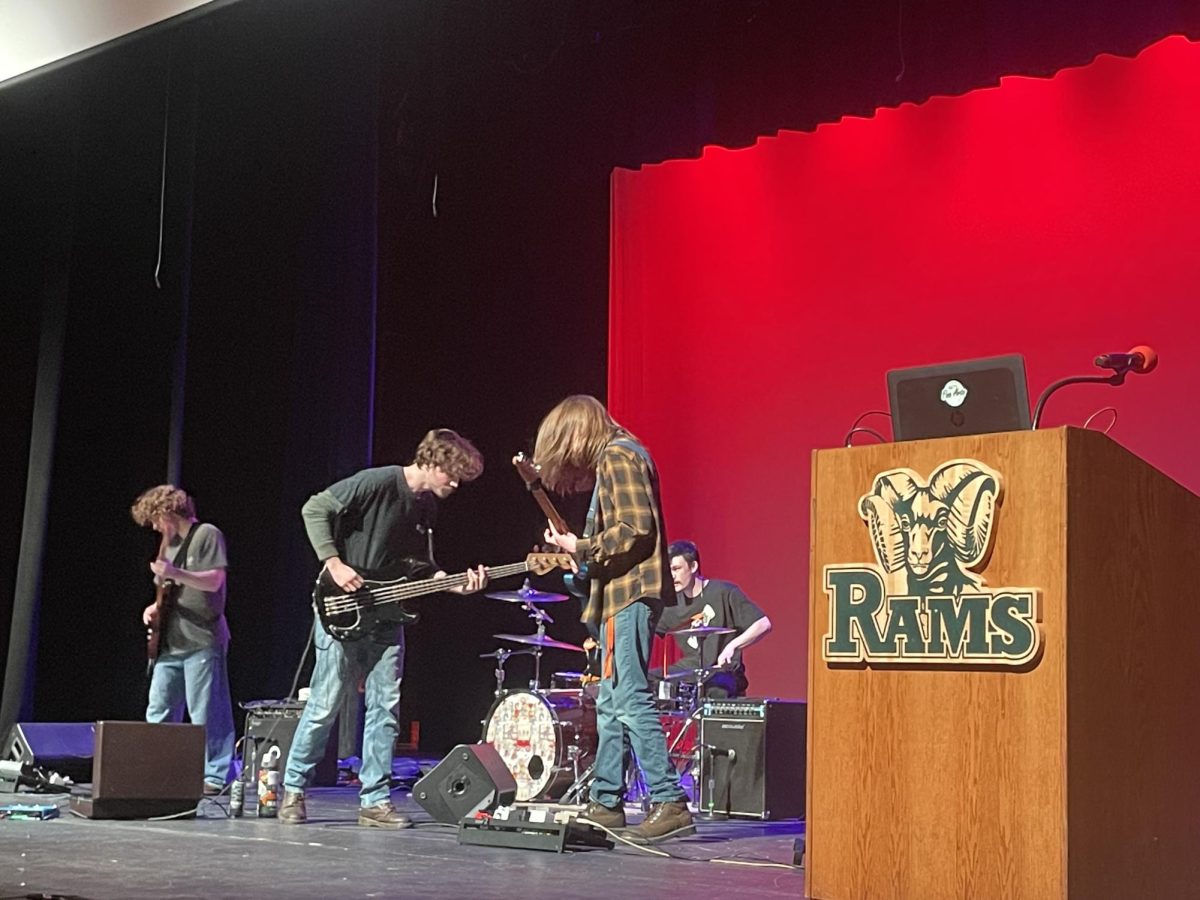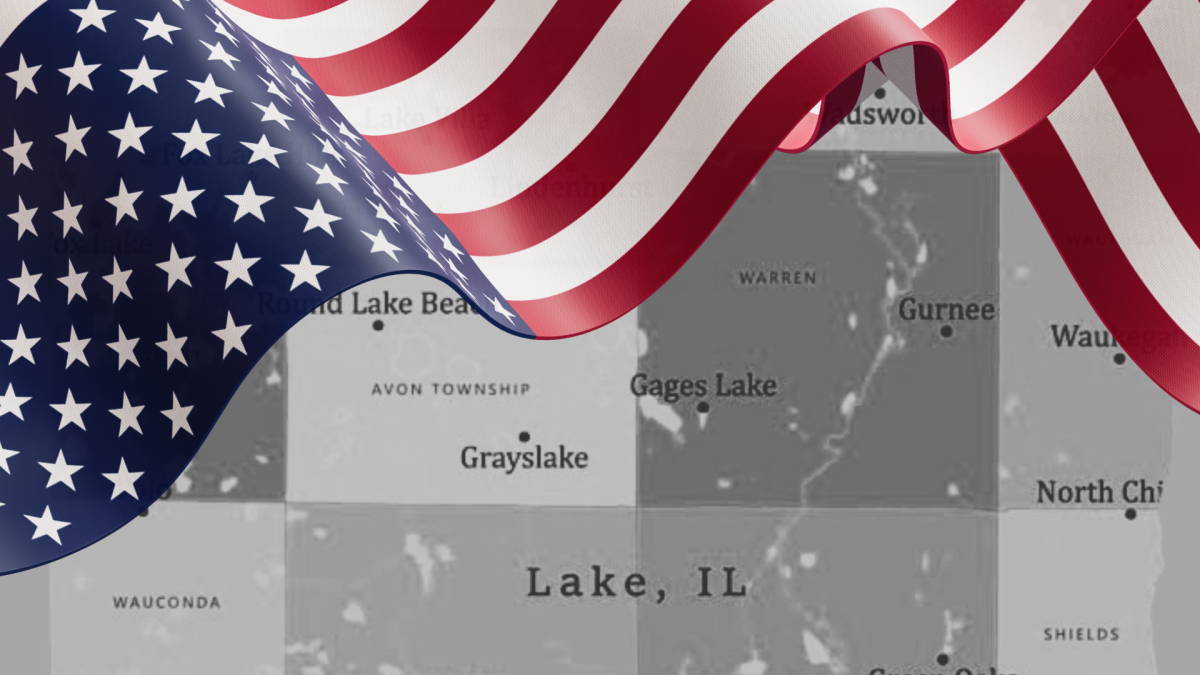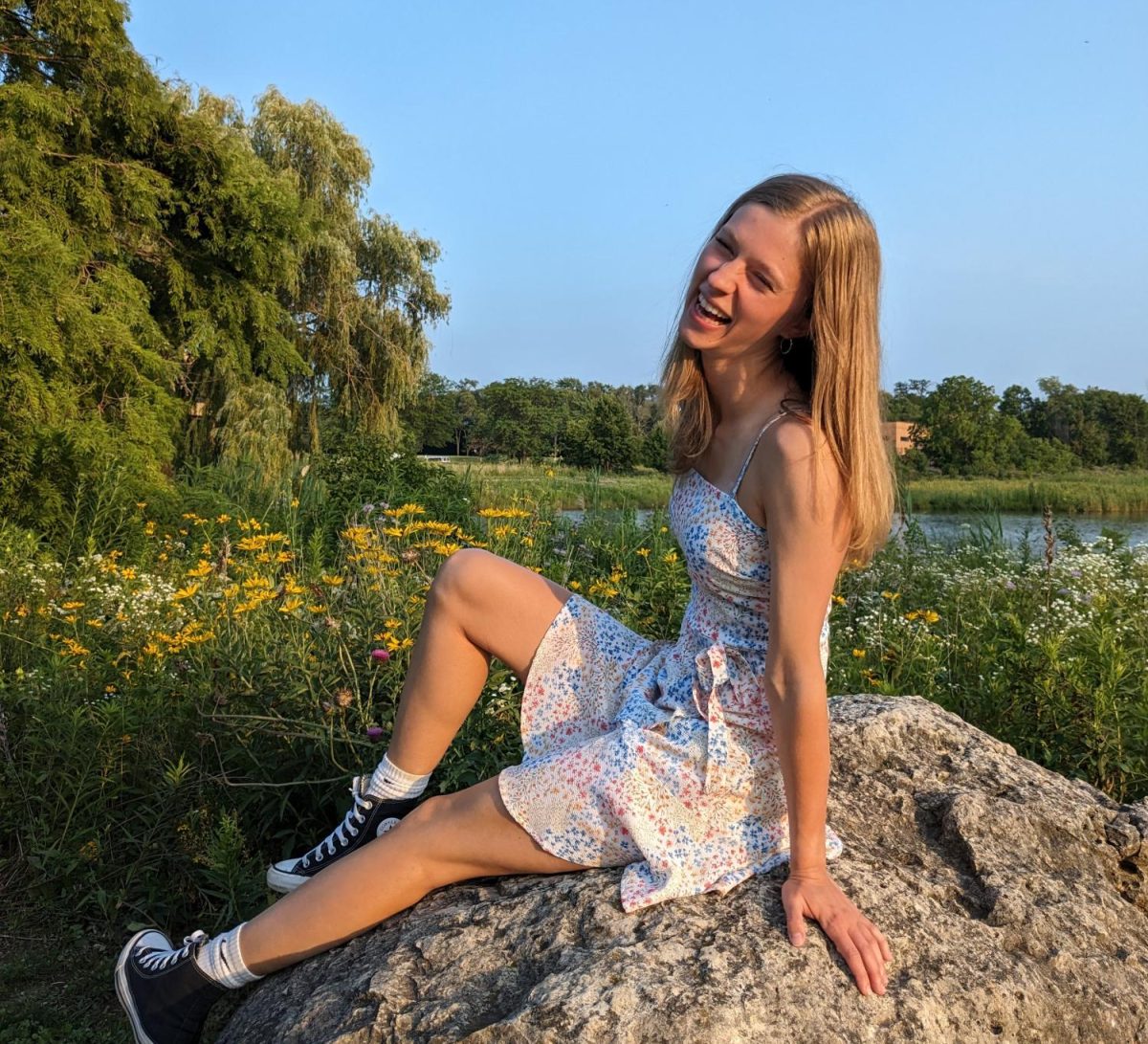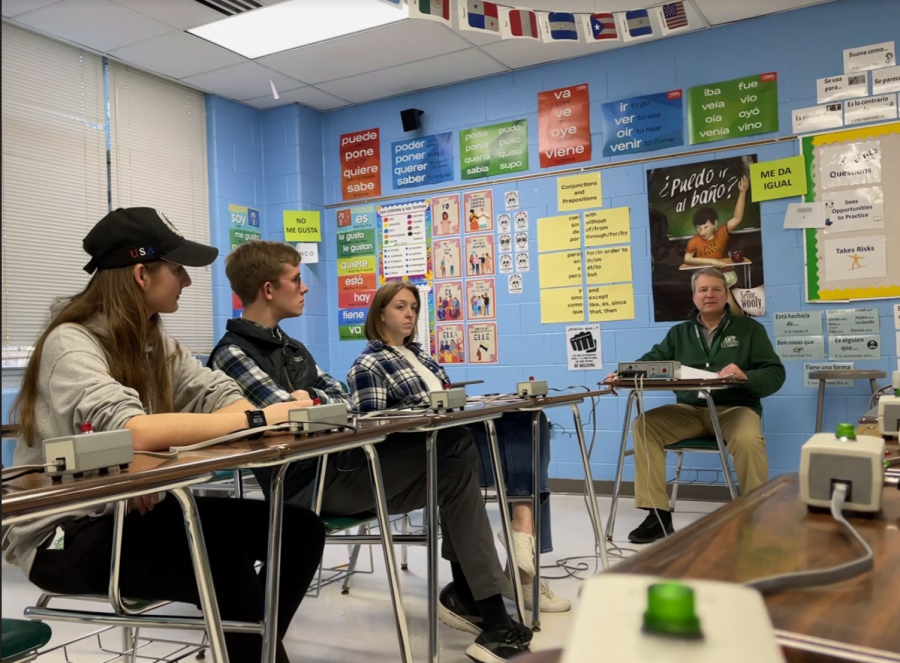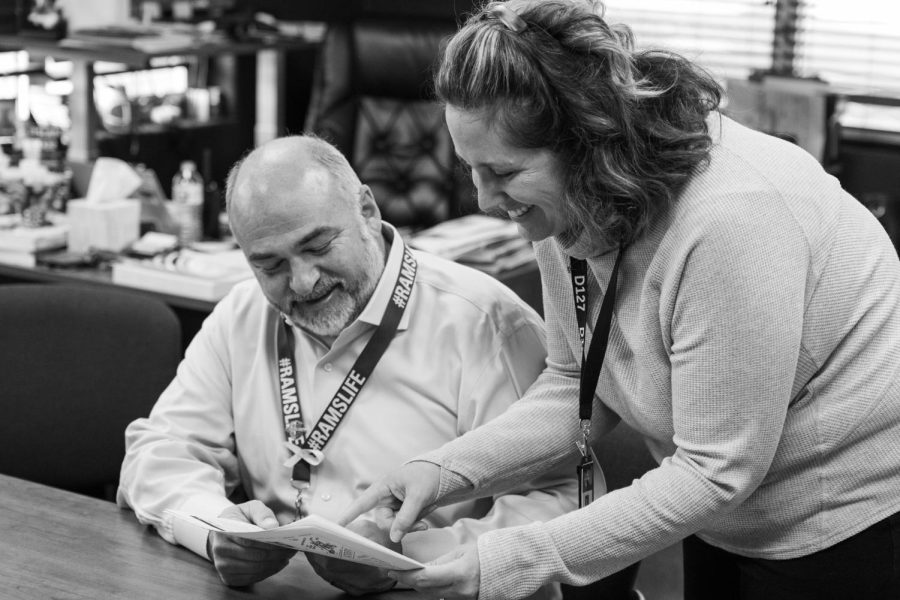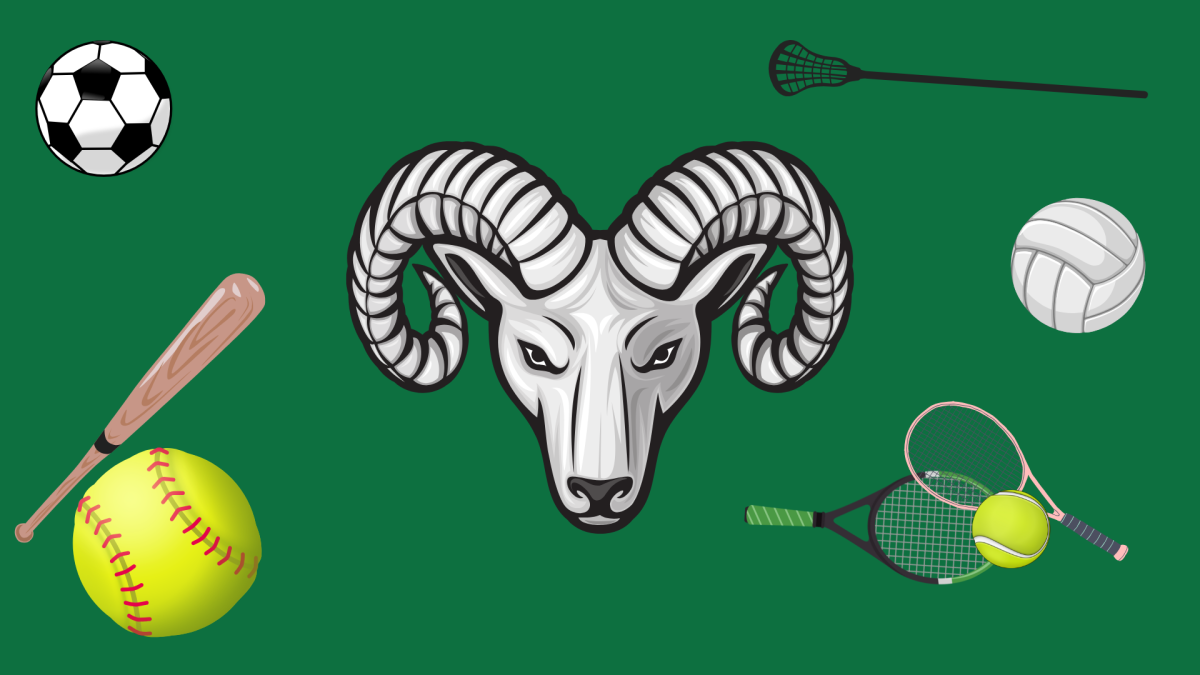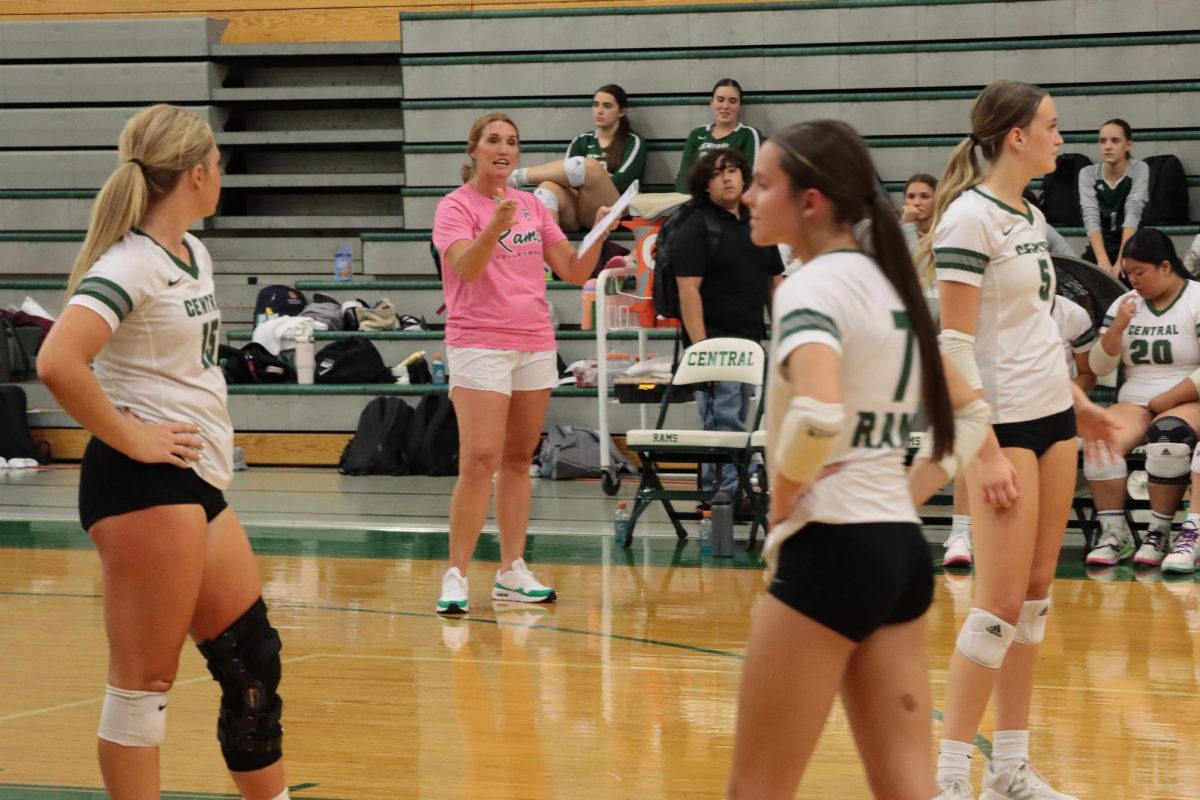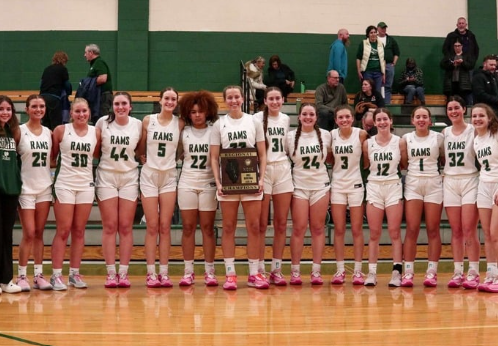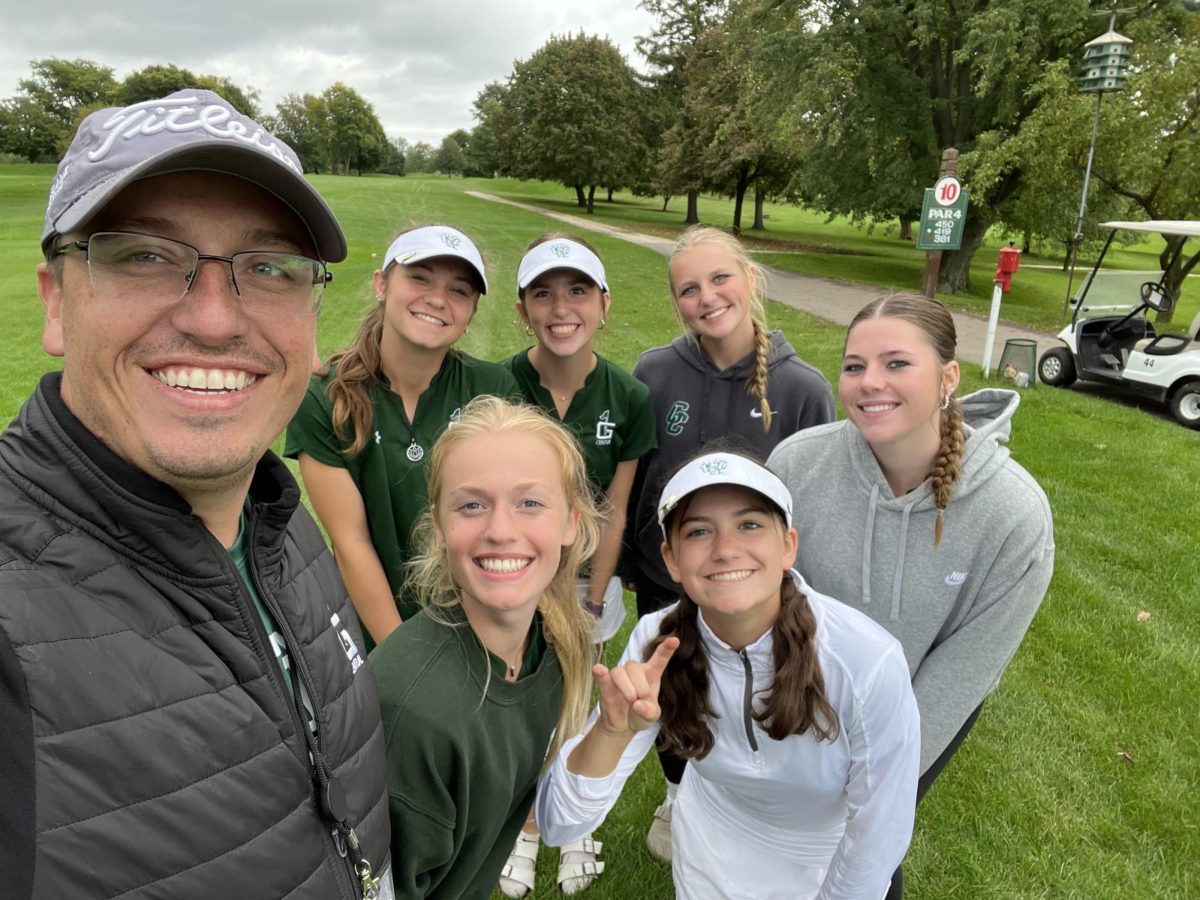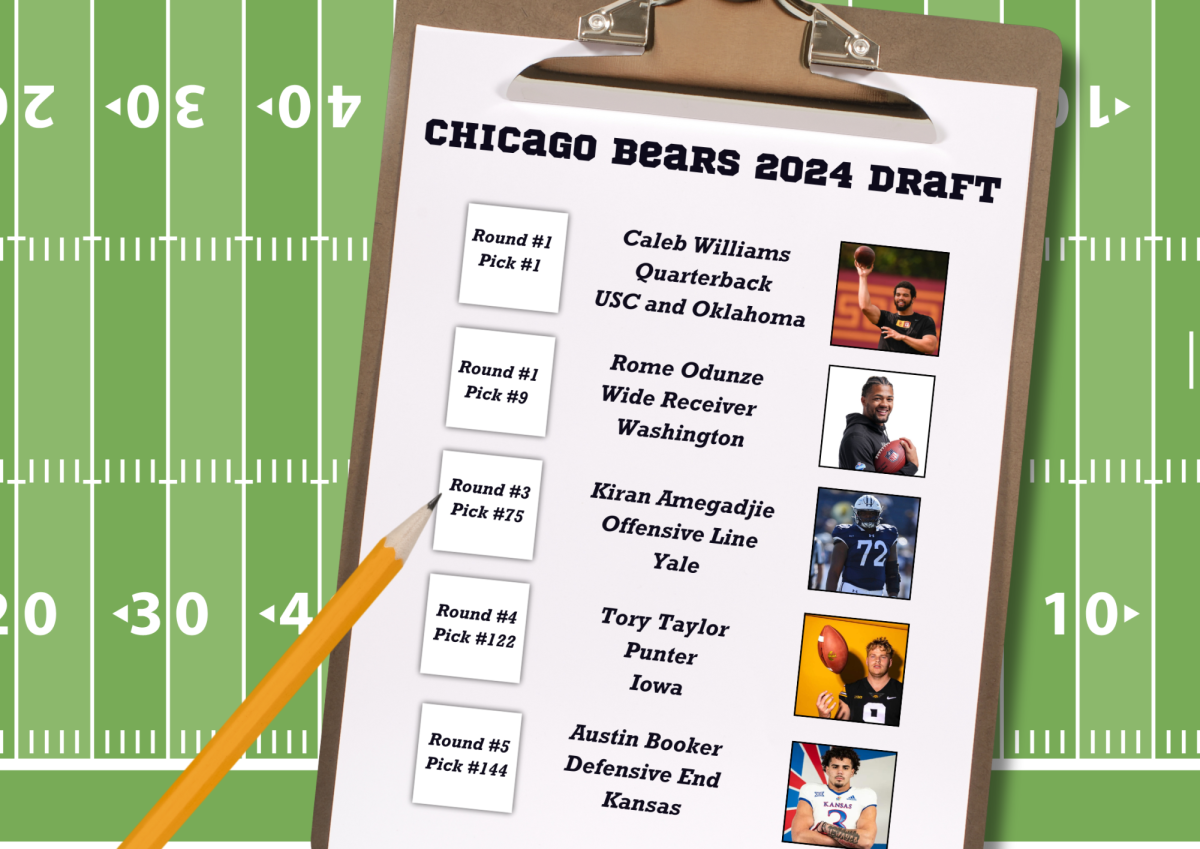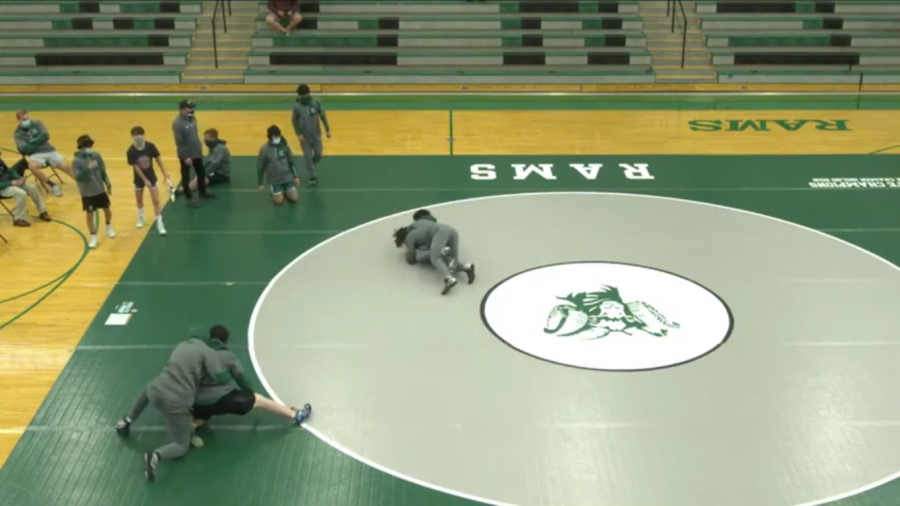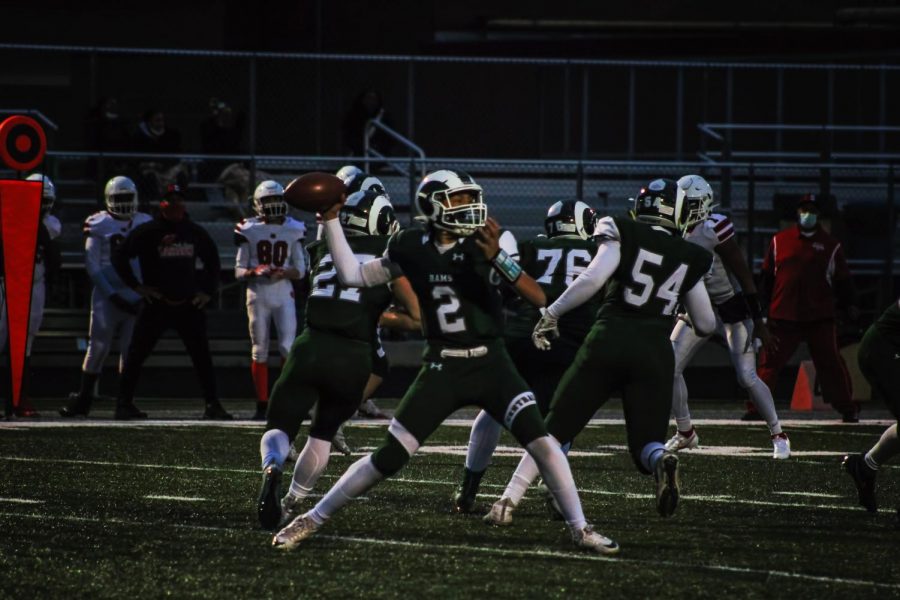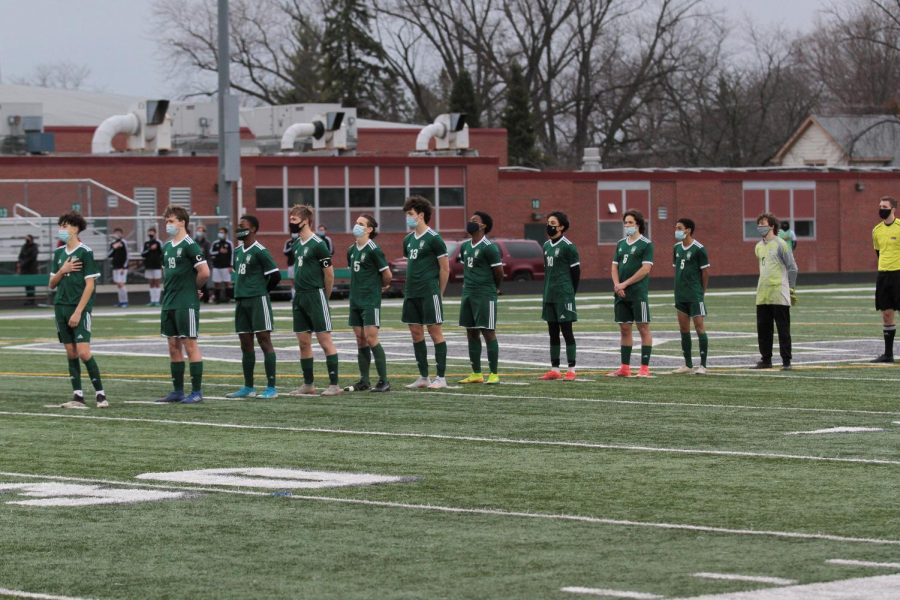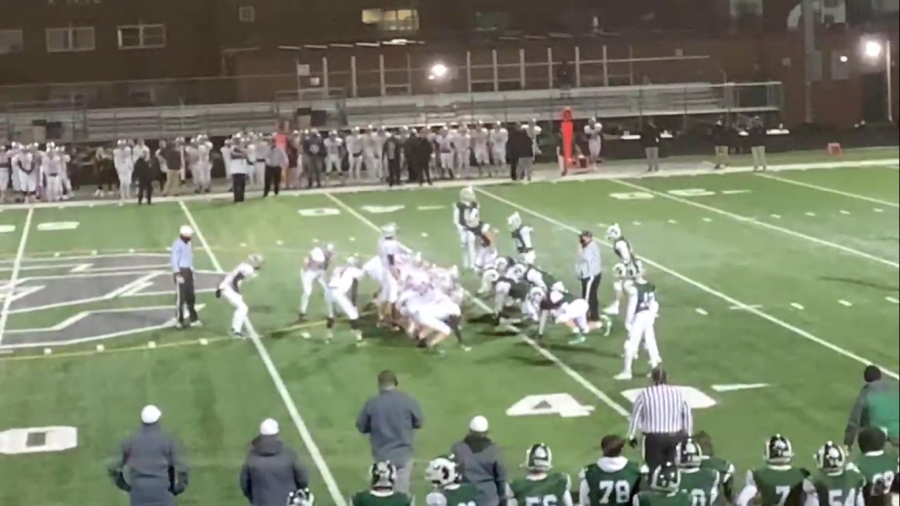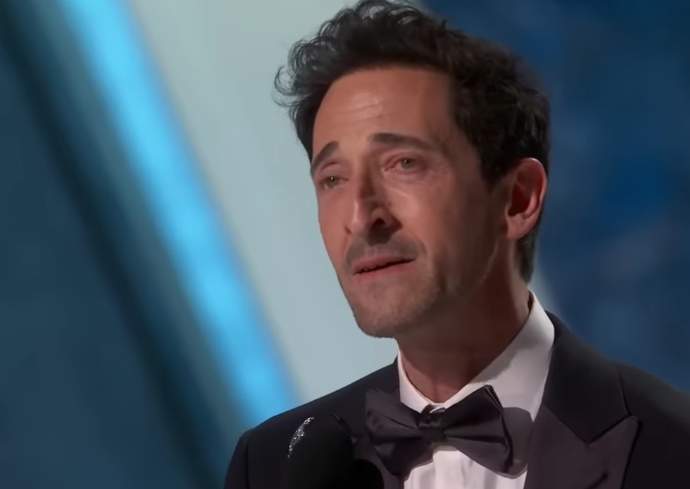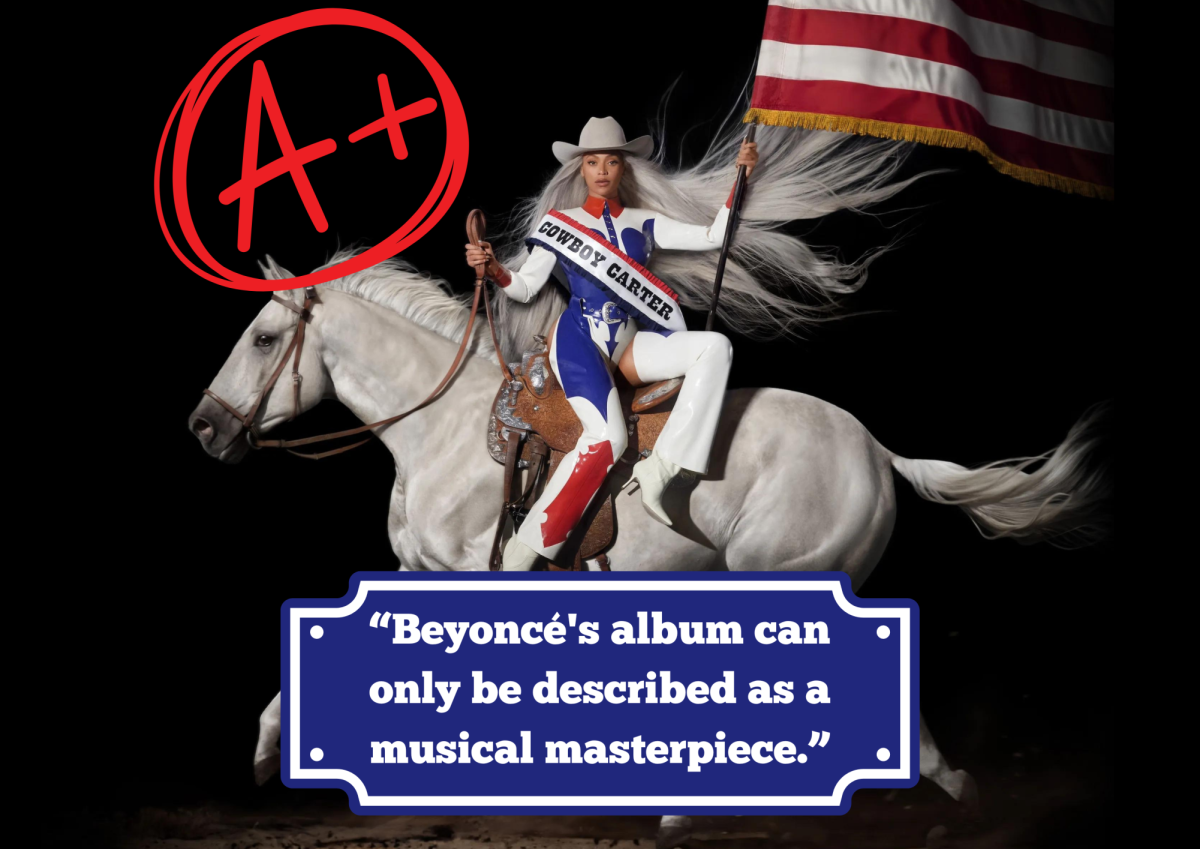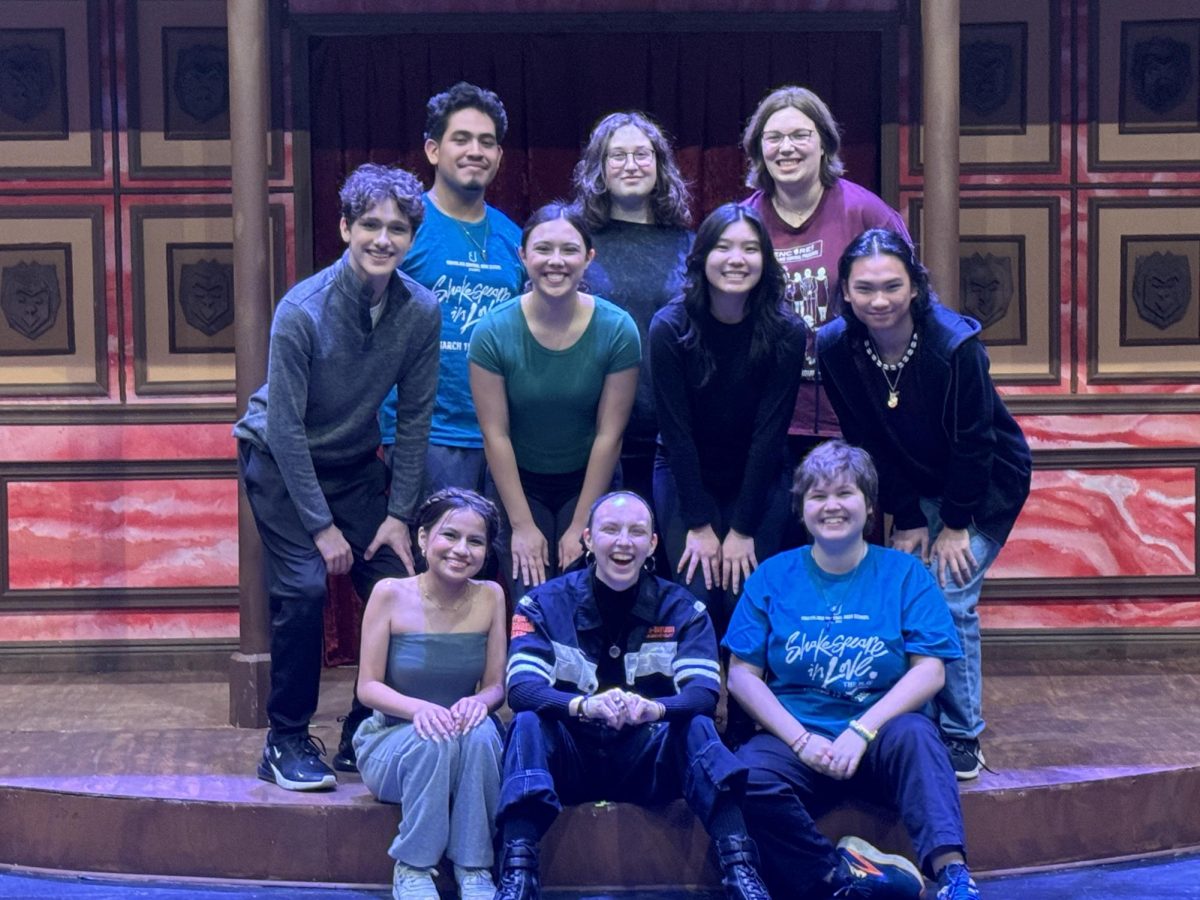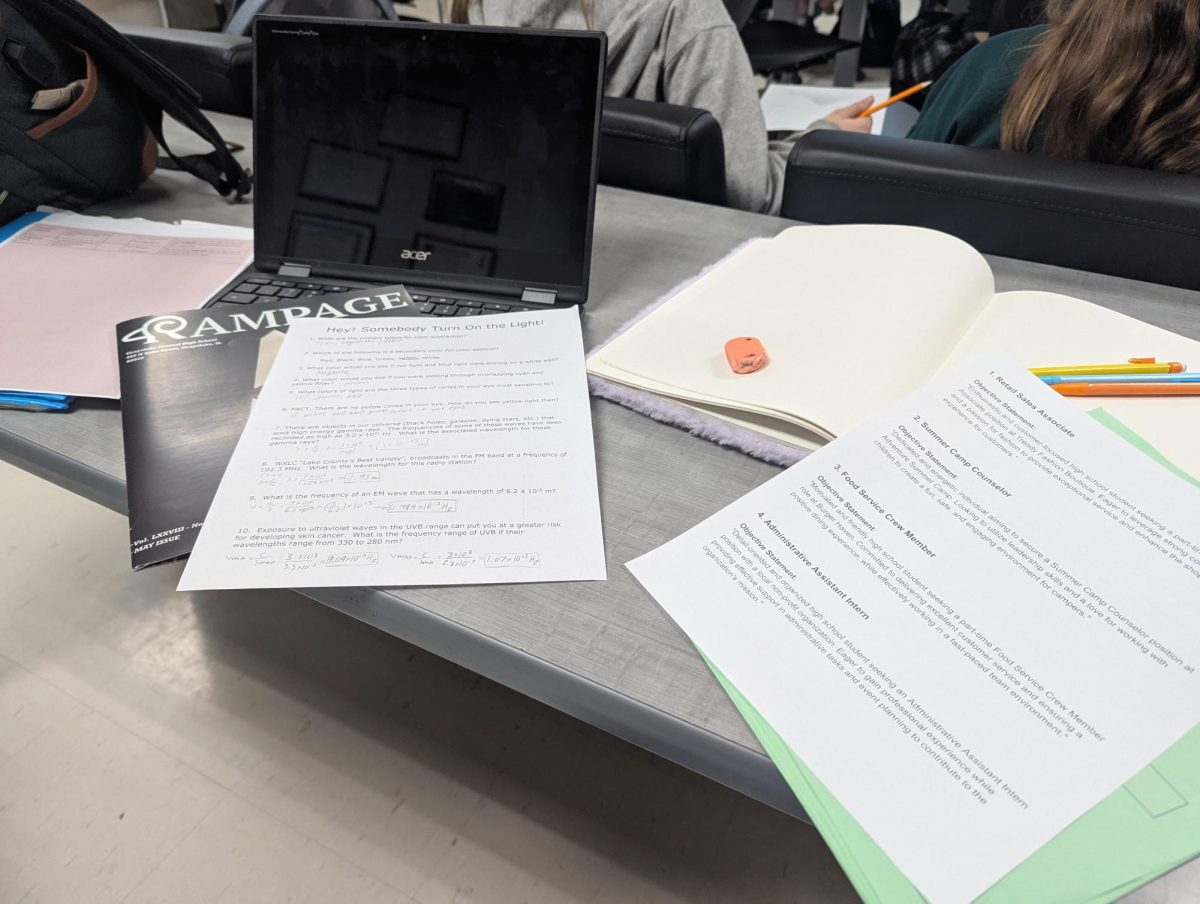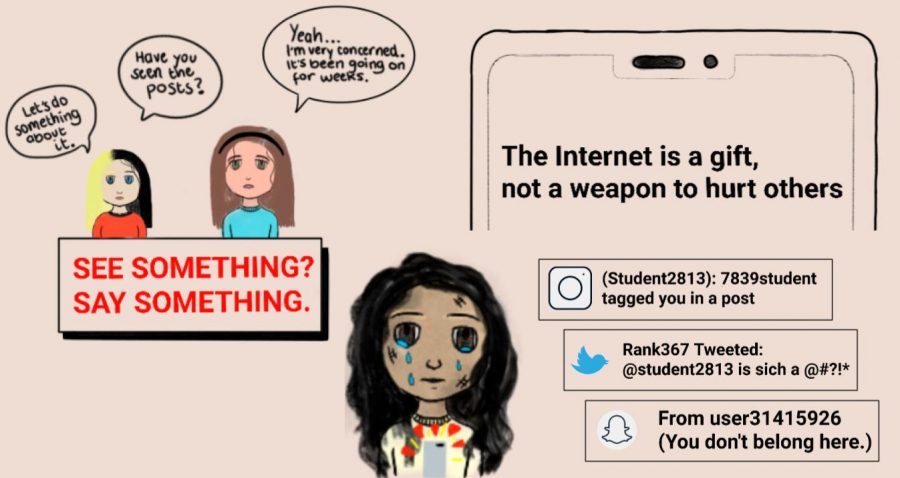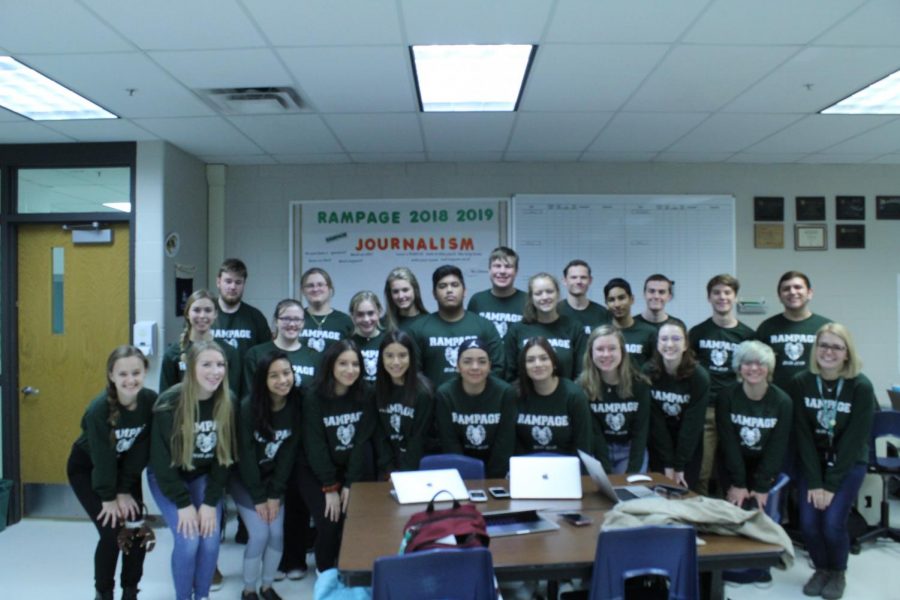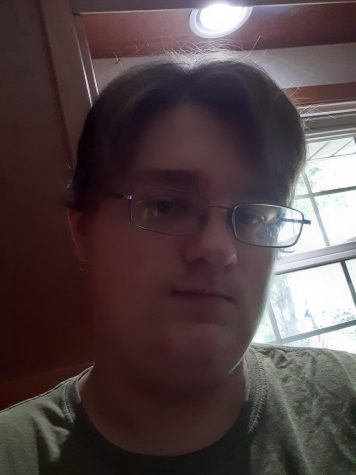Students pilot robotics
Learn more about this exciting new club!
February 21, 2019
For the past two years, the robotics club has been a pilot at Grayslake Central. In the robotics club every Wednesday after school, students come to room 1750, and it is exactly how it sounds. Students build robots! Colin Plach, sponsor of the club; Dianna Soenksen, the activities director; and Lilia Begin, a junior and member of the club, share details about robotics club and the piloting process.
Students often are found messing around and experimenting with the various boxes of robot parts that are found in the room. They then continue to work with the parts until they manage to create something that can perform the task the students designed them to do.
“[For] the very first couple of weeks that we ever had our meetings, they [the students] were doing more battlebots, […] then they’ve gotten into sort of designing and racing this year, we had a student design, for lack of a better term, it was a chainsaw, not dangerous by any chance. But it was a chainsaw nonetheless,” said Plach sponsor of the robotics club.
While students are creating the robots, they often create them on their own without help from Plach.
“[A] majority of it’s been on their own. There have been a couple times where they’ll have me come over and take a look and say, … hey, this isn’t working, can you maybe look at this and see what’s wrong with it?” said Plach.
This process of just letting students create on their own can really spark their creativity and force them to make something truly unique and continue to experiment with the parts they have.
Not only do students just get to build these amazing creations, but they can also build long lasting friendships through the club.
“It’s a really cool social environment […], there’s so much noise in here from the students talking, and socializing and laughing and enjoying–kind of teaching each other, you know,” said Plach.
Lilia Begin, a junior at GCHS, also provided what she has learned from the club. “I’ve learned a lot about robotics, and also problem solving. Because robotics requires a lot of problem solving and working in teams to solve the problems that you’re trying to solve.” said Begin.
Before a club can reach its full potential, students receive the daunting task of beginning the piloting process. Dianna Soenksen, activities director at GCHS, gave some info on how the process works, how long it takes, and what’s involved.
“To start a club, we want to see the longevity of it, […], and so really, what happens is in the beginning of the school year, a student will come to me with ideas or new clubs, and they have until […] about the end of the semester to apply. […] So basically, the requirements are [that] you need to show that [there are 10 students who aren’t seniors who are interested in the club],” said Soenksen.
According to Soenksen, seniors are not counted towards the attendance because if the club is consisted of mostly seniors, they’re all going to graduate next year. So there would be nobody left to participate in the club, leaving the attendance of the club almost entirely up to other students that have never attended before, rather than returning members.
“Now, with that being said, seniors are certainly able to participate. They just don’t go on that roster of showing that [the club] [is] going to [have] longevity in the future.” elaborated Soenksen.
“So then the other requirement is getting a teacher to be willing to run it, which is difficult, because with our size school, we have over 50 clubs and 25 sports. So many of our teachers are already doing a club or a sport, so finding a teacher that isn’t already doing one is difficult.” continued Soenksen.
Since the point of the pilot is simply to test the longevity of the club, there are some limitations that can come with the title of being a pilot club.
“So with big clubs, like Student Council, and things like that they have school accounts that they can use for fundraising and purchasing things. So, for homecoming decorations, or if they want to have a pizza party or whatever.” said Plach.
Essentially, pilots club do not have accounts to put money into. Therefore, leaving them no money to spend on events and competitions if the club desires.
While these limitations can seem a bit frustrating, they are necessary. Robotics club is set to be a full-fledged club in 2019-2020 school year according to both Plach and Soenksen. This will allow the club to be able to fundraise and receive funding from the school, which can allow them to do a variety of things such as attend competitions.
Overall, the robotics club seems like a really fun club with a really awesome group of people running it. If you ever have an idea for a new club be sure to talk to Soenksen about your idea. Robotics club is always open to new members if you’re interested. The club meets every Wednesday in room 1750.
